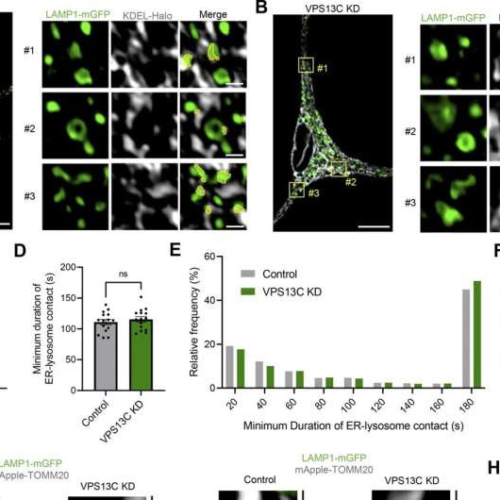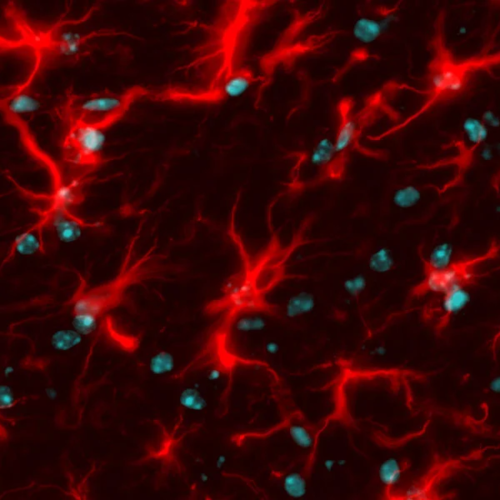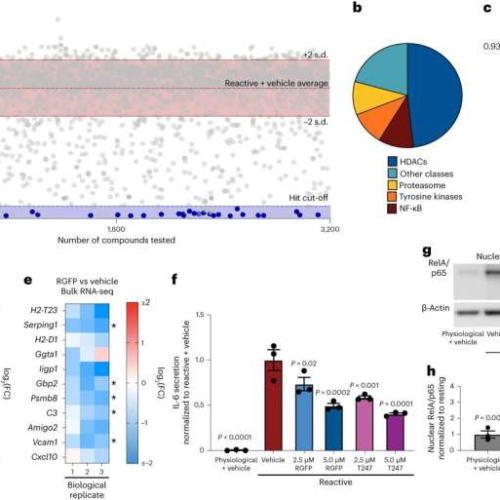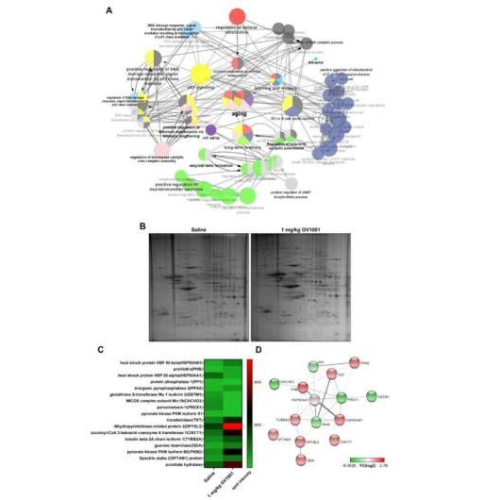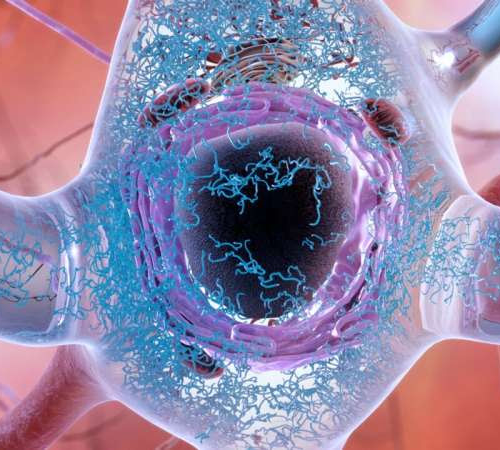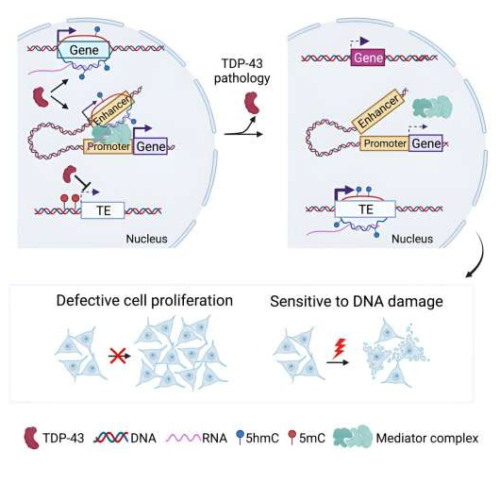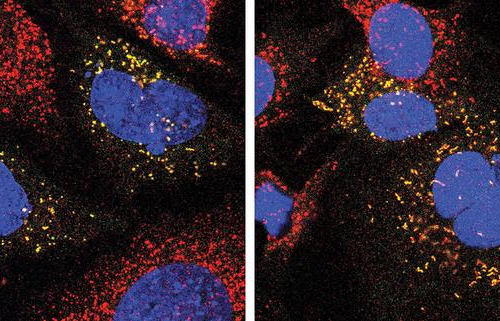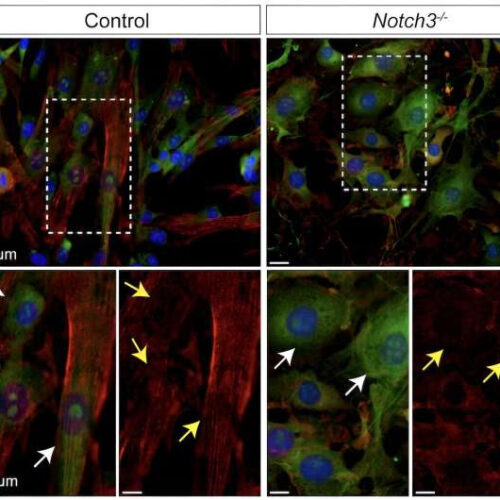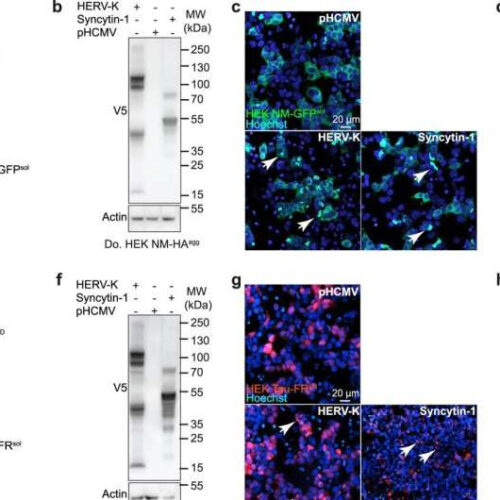by Olivia Dimmer, Northwestern University sites in iPSC-derived dopaminergic neurons. (A and B). Credit: Journal of Cell Biology (2024). DOI: 10.1083/jcb.202304042A mutated protein expressed in lysosomes may contribute to Parkinson’s disease, according to a new Northwestern Medicine study published in the Journal of Cell Biology. Parkinson’s disease is the second-most common neurodegenerative disorder in the...
Tag: <span>neurodegeneration</span>
Fixing Rogue Brain Cells May Hold Key to Preventing Neurodegeneration
A team led by scientists at Case Western Reserve University School of Medicine has identified a new therapeutic approach for combating neurodegenerative diseases, offering hope of improved treatments for Alzheimer’s disease, Parkinson’s disease, Vanishing White Matter disease and multiple sclerosis, among others.Astrocytes. Astrocytes. Image credit: CWRU Neurodegenerative diseases, which affect millions of people worldwide, occur...
Cracking the code of neurodegeneration: New model identifies potential therapeutic target
by University of Zurich Progressive degeneration in a neuronal network: blue represents healthy neurons, while orange and red represent the protein NPTX2. Yellow shows the toxic aggregation of the protein TDP-43. Credit: Niklas BargendaScientists at the University of Zurich have developed an innovative neural cell culture model, shedding light on the intricate mechanisms underlying neurodegeneration. Their...
Fixing rogue brain cells may hold key to preventing neurodegeneration
by Case Western Reserve University Phenotypic screen identifies HDAC3 as a regulator of pathological reactive astrocytes. a, Scatter plot of primary screen results displayed as percent GBP2 positive, normalized to reactive astrocyte plus vehicle controls for all nontoxic chemicals. Validated hit chemicals colored in blue. The dashed blue line represents the hit cut-off at a ≥90%...
Study: GV1001 reduces neurodegeneration and prolongs lifespan in mouse model of Alzheimer’s disease
by Impact Journals LLC Effect of GV1001 on aging, telomere maintenance, and long-term memory confirmed via bioinformatics analysis. Credit: Aging (2024). DOI: 10.18632/aging.205489A new research paper titled “GV1001 reduces neurodegeneration and prolongs lifespan in 3xTg-AD mouse model through anti-aging effects” has been published in Aging. GV1001, which mimics the activity of human telomerase reverse transcriptase,...
Are stressed-out brain cells the root cause of neurodegenerative disease?
by University of California – Berkeley An illustration of a brain cell in a person with Alzheimer’s disease, showing the accumulation and clumping of tau proteins (blue squiggles) in the cytoplasm of a brain cell. Protein clumps, also known as aggregates, are thought to lead to cell death and dementia. New research suggests that such clumps...
Protein TDP-43 keeps genetic zombies at bay: New insights into neurodegenerative disease mechanisms
by Quinn Eastman, Emory University Graphical abstract. Credit: Cell Reports (2024). DOI: 10.1016/j.celrep.2023.113662A new Cell Reports paper from Bing Yao’s lab in Emory’s Department of Human Genetics provides insights into mechanisms underlying several neurodegenerative diseases, such as ALS (amyotrophic lateral sclerosis) and Alzheimer’s. It can be summarized in one line: TDP-43 keeps genetic zombies at bay....
Improved cellular recycling could benefit patients with neurodegenerative conditions
Peer-Reviewed Publication THE HOSPITAL FOR SICK CHILDREN NON-FUNCTIONING PARTS OF THE CELL LIKE DAMAGED PEROXISOMES (PICTURED IN YELLOW) ARE NOT RECYCLED PROPERLY. ON THE RIGHT IS AN IMAGE FROM THE KIM-BANDSMA LAB SHOWING CELLS WITH DISRUPTED RECYCLING, AND ON THE LEFT IS A CELL WITH FUNCTIONING RECYCLING. CREDIT: THE HOSPITAL FOR SICK CHILDREN (SICKKIDS). For...
Study discovers novel biomarker for vascular aging and neurodegeneration
by Melissa Rohman and Olivia Dimmer, Northwestern University Notch3 deficiency results in vascular dysfunction due to impaired contractility. Immunofluorescence of phosphorylated myosin light chain 2 (pMLC2–red). White arrows highlight alpha-SMA (green), yellow arrows highlight pMLC (red). Credit: Luisa Iruela-Arispe, Ph.D./Northwestern University Decreased activity of a specific signaling pathway in brain vessels was linked to a...
‘Viral relicts’ in the genome could fuel neurodegeneration
by Marcus Neitzert, Deutsches Zentrum für Neurodegenerative Erkrankungen e.V. (DZNE) Different HERV glycoproteins increase intercellular protein aggregate spreading. a Experimental workflow. Donor HEK cells stably propagating aggregated NM-HA were transfected with a plasmid coding for V5-epitope tagged HERV-W Syncytin-1 or a plasmid coding for V5-epitope tagged HERV-K Env. Cells were subsequently cocultured with recipient HEK NM-GFPsol. b Western blot...

